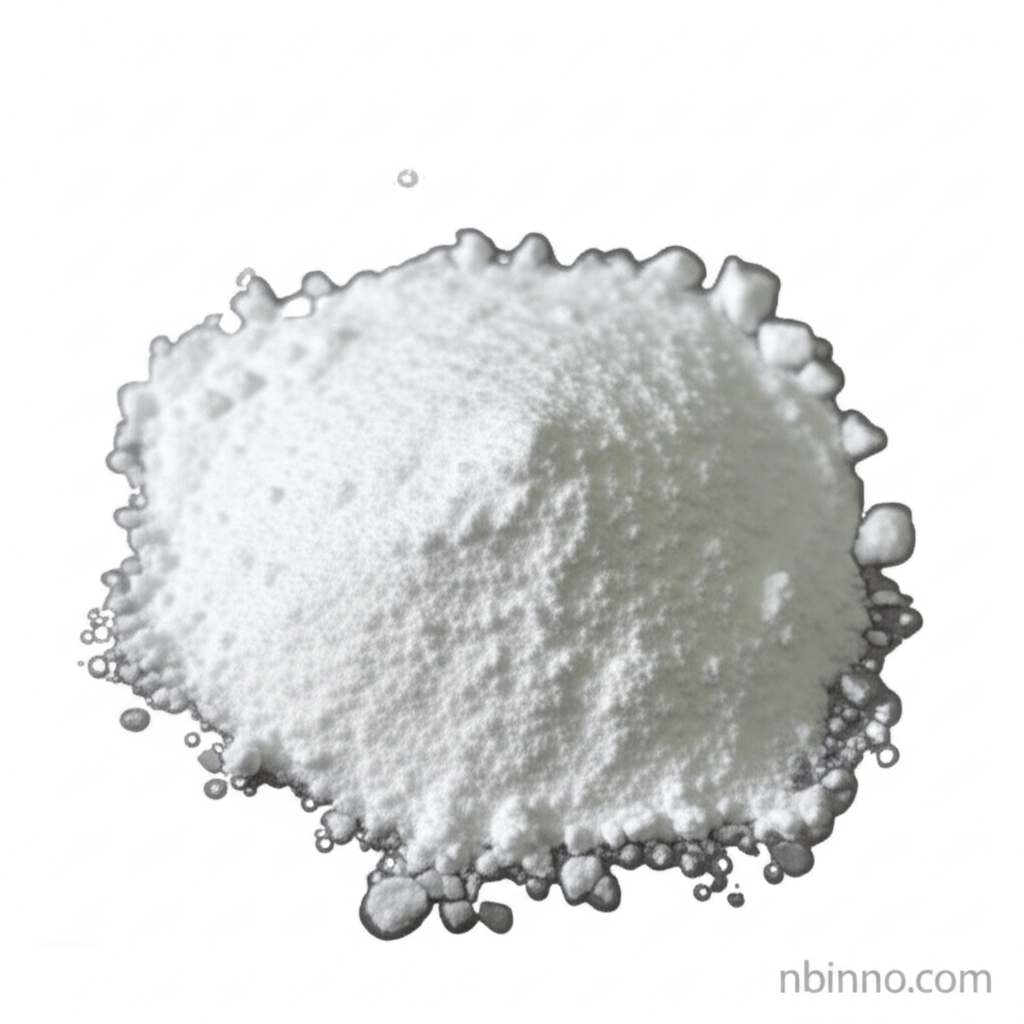Sodium Hydrogen Difluoride (1333-83-1): Essential Chemical for Industry and Research
Discover the crucial properties and diverse applications of Sodium Hydrogen Difluoride, a key compound in modern chemical processes.
Get a Quote & SampleProduct Core Value

Sodium Hydrogen Difluoride
Sodium Hydrogen Difluoride, also known as Sodium Bifluoride, is a critical white crystalline solid valued for its diverse industrial and research applications. Its chemical versatility makes it an indispensable compound in various sectors.
- Leverage the power of sodium hydrogen difluoride uses in advanced chemical synthesis, enabling the creation of novel compounds with tailored properties.
- Explore the detailed sodium bifluoride chemical properties, understanding its solubility and reactivity for optimal application in your processes.
- Utilize CAS 1333-83-1 applications for precise material science needs, particularly in the etching of glass and ceramics for electronic and optical components.
- Discover the efficacy of sodium hydrogen difluoride in water treatment, contributing to improved water quality and safety standards.
Key Advantages
Enhanced Fluorination Capabilities
As a potent fluorinating agent in organic synthesis, it allows for the efficient introduction of fluorine atoms, significantly enhancing the biological activity and stability of target molecules.
Precision Surface Modification
Its utility in etching glass and ceramics provides precise surface modification crucial for the electronics and optics industries, making it a go-to material for specialized treatments.
Reliable Analytical Standards
In analytical chemistry, this compound serves as a reliable reagent for preparing fluoride standards, aiding researchers in accurately measuring fluoride levels in environmental samples.
Key Applications
Fluorination Reactions
Sodium hydrogen difluoride is a cornerstone for fluorination reactions in organic synthesis, offering a controlled method to incorporate fluorine into diverse molecular structures.
Material Science (Etching)
In material science, its application in the precise etching of glass and ceramics is vital for manufacturing intricate electronic and optical components.
Water Treatment
The compound plays a role in water treatment processes, aiding in the management and optimization of fluoride levels for health and regulatory compliance.
Analytical Chemistry
As a reagent for preparing fluoride standards, it supports accurate analysis of fluoride concentrations in environmental and industrial samples.
